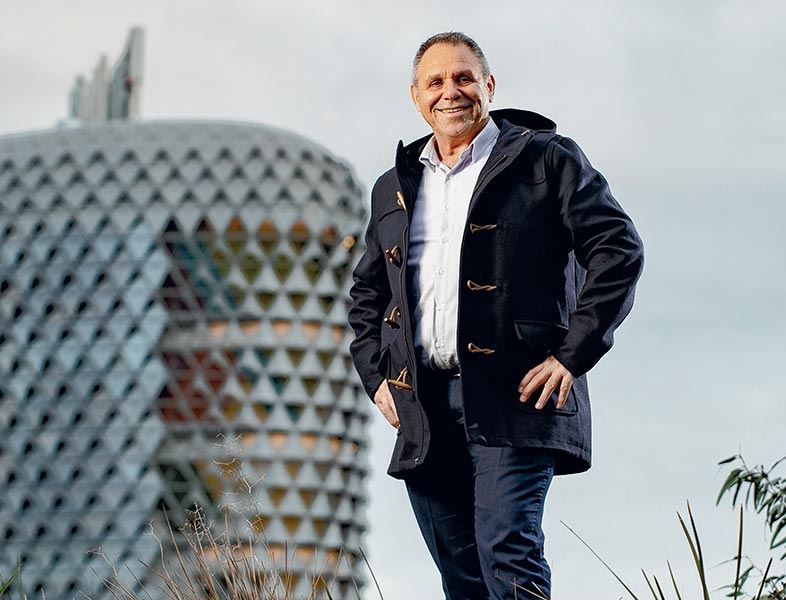
Rising HIV rates among Aboriginal and Torres Strait Islander people need urgent national attention, says Matthew Flinders Fellow Associate Professor James Ward.
In a Perspective in the Medical Journal of Australia (July 2018), Associate Professor Ward from Flinders University and the SA Health and Medical Research Institute (SAHMRI) says: “Acting now to avoid HIV becoming a concentrated epidemic among Aboriginal and Torres Strait Islander people should be a national priority.”
Recently released national data reveals a 33% increase in new HIV diagnosis rates among Aboriginal and Torres Strait Islander people compared to a decrease of 22% of newly diagnosed HIV rates among Australian-born, non-Indigenous people in the period from 2012-16.
Immediate changes are necessary to ensure that the elimination of HIV in Australia includes these communities, says Associate Professor Ward, with co-authors SAHMRI Infection and Immunity theme researcher Dr Karen Hawke and UNSW Associate Professor Rebecca Guy from the Kirby Institute.
The Perspective notes that the recent divergence in Australia is important because the rate of diagnosis is more than double the rate for non-Indigenous people for the first time since 1992 when data was first collected for Aboriginal and Torres Strait Islander status.
Between 2012 and 2016, the UNSW Kirby Institute’s ‘HIV, viral hepatitis and sexually transmissible infections in Australia: annual surveillance report 2017,’ found new HIV diagnosis rates among Aboriginal and Torres Strait Islander people rose from 4.8 per 100,000 population to 6.4 per 100,000 for Indigenous people compared to a fall from 3.7 per 100,000 population to 2.9 for non-Indigenous.
While HIV in Australia is considered to be a low-level epidemic, there is a general consensus that it could rapidly transition to a concentrated epidemic among Indigenous Australians, similar to what has occurred among First Nations people in some provinces of Canada.

Along with the socio-cultural differences – particularly for education, income, unemployment, racism and access to health services – Aboriginal and Torres Strait Islander people were also less likely to take advantage of biomedical interventions such as the treatment as prevention (TasP) and pre-exposure prophylaxis (PreP), the researchers say.
Of almost 17,000 people enrolled in PrEP trials in Australia, about 200 are Indigenous people, with another concerning trend being the rate of diagnosis among Aboriginal and Torres Strait Islander women being three times higher than the rate for non-Indigenous women (albeit numbers being small).
Three factors are likely to be influencing these low enrolment numbers: clinical trials have historically had low participation rates among Aboriginal and Torres Strait Islander people; treatment adherence for other health conditions is lower among Aboriginal and Torres Strait Islander people; and to date there has been limited health promotion of PrEP to this population, probably due to an expectation that mainstream messages on PrEP will have sufficient impact.
“Australia has readily available diagnostics and treatments and well-established prevention programs in place, but it is clear that the approach requires strengthening and modifying in terms of reach, potency and sustainability to connect with different priority population groups within the Aboriginal and Torres Strait Islander population,” the article says.

